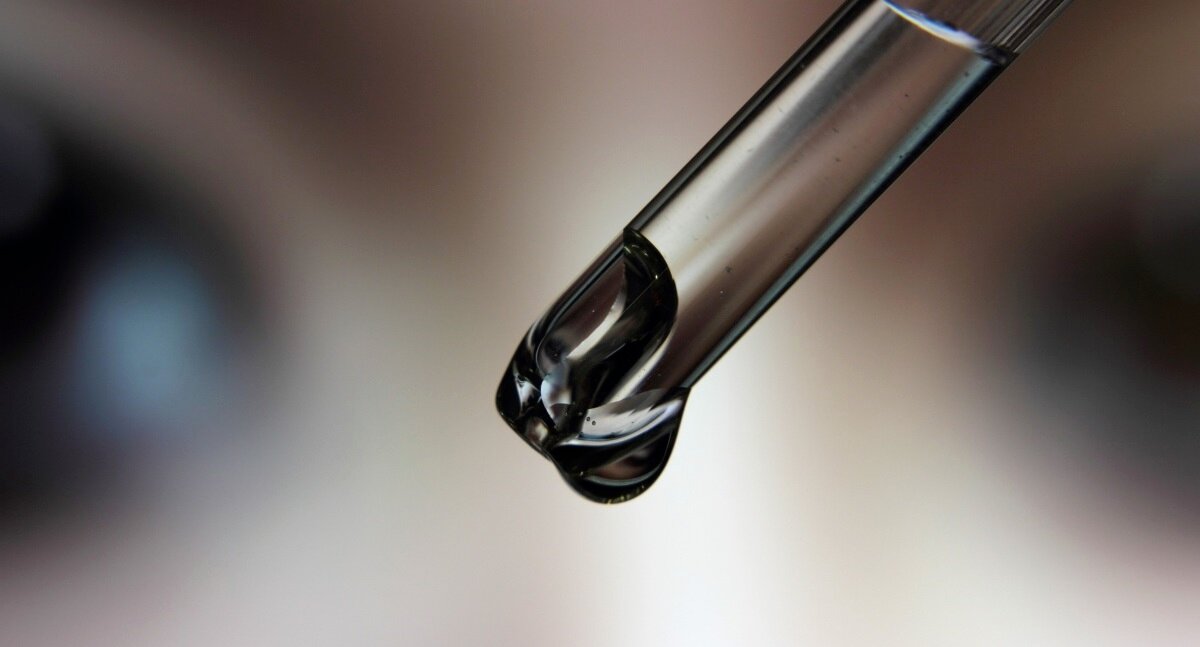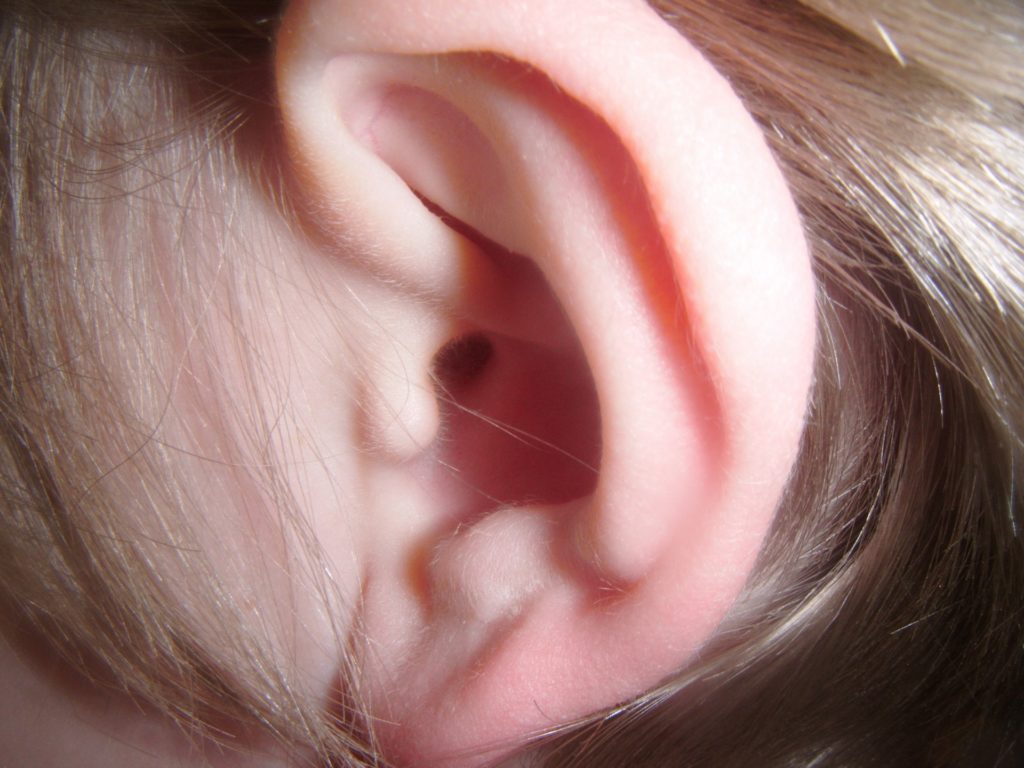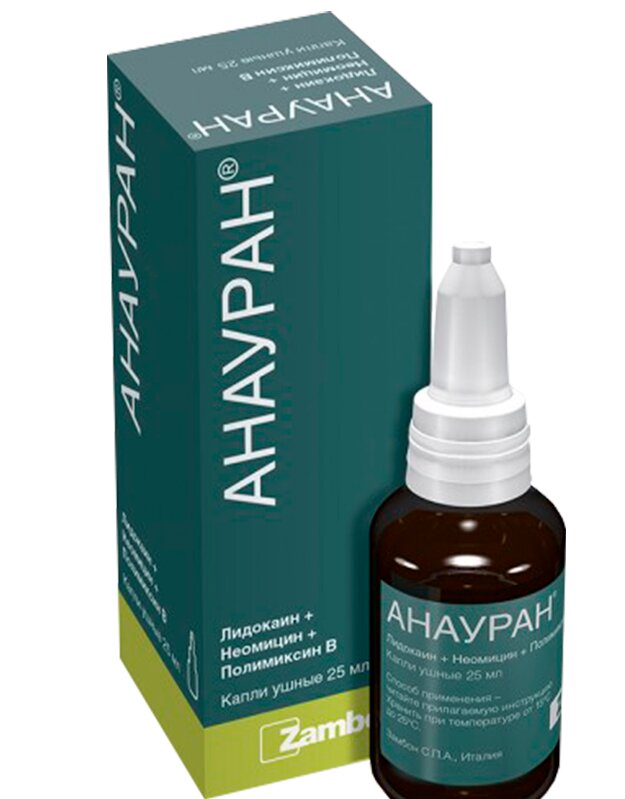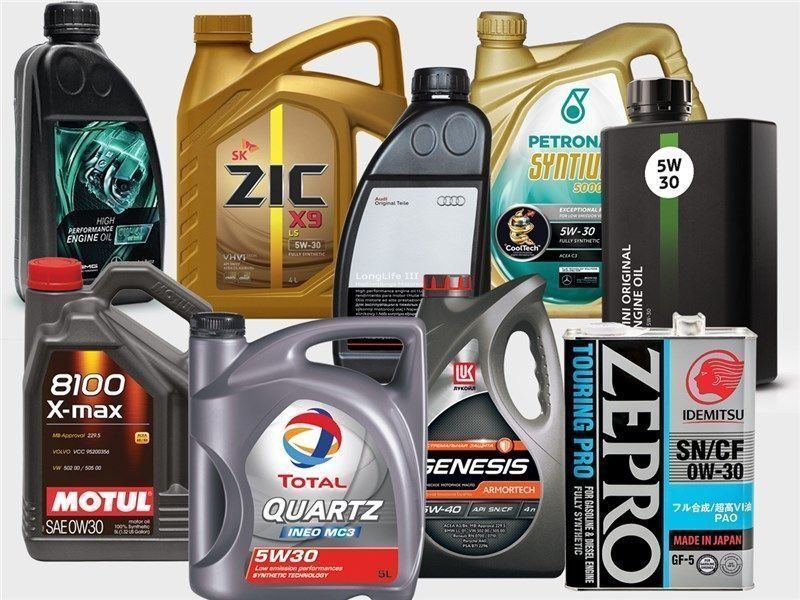Rating of the best antibiotic ear drops for 2024

Earache is a symptom that adults and children often experience. Studying the rating of the best antibiotic ear drops for 2024, after the obligatory consultation of the attending physician, you can choose the drug that is suitable in a specific situation.
Why does the ear hurt
Painful sensations can manifest themselves:
- if there is an inflammatory process of the hearing organs (otitis media);
- with diseases of other organs (sinusitis, toothache, trigeminal neuralgia);
- in healthy people - after long workouts (swimming pool), walks in strong winds, sulfur accumulation.
Otitis

Diseases that are accompanied by pain, fever, and discharge from the ear are called otitis media. There are several types:
- Outer;
- Middle;
- Interior.
Otitis externa
The inflammation spreads to the auricle, the external auditory canal. It happens limited (furuncle), diffuse (painful redness of a part of the auricle, inflammation of the subcutaneous tissue). By the amount of time it takes for treatment, there are:
- acute - recovery in 3-4 weeks;
- chronic - lasts more than 30 days, repeats 3-4 times a year.
Severity of otitis externa:
- Light - manifested by itching of the auditory canal, redness, discomfort.
- Moderate - severe itching, discharge, pus, pain appear.
- Diffuse (spilled) - redness, swelling of the auricle, lymph nodes. Fever, severe pain, feeling of stuffiness.
Treatment is prescribed by a local therapist, an otolaryngologist after examination with an otoscope. Prescribed drugs containing antibiotics, corticosteroids, pain relief - analgesics.

Middle
The mucous membrane of the middle ear cavity, the tympanic membrane becomes inflamed. The drainage function of the Eustachian tube, a thin canal that connects the nasal cavity, the middle ear, is impaired. In children under 3 years of age, middle ear diseases are often found due to the anatomical structure - the Eustachian tube is short, located horizontally (poor outflow of exudate - an inflammatory fluid).
It is manifested by symptoms:
- sharp pain (worse at night);
- feeling of stuffiness, hearing loss;
- discharge (purulent);
- temperature increase.
Occurs in respiratory diseases - ARVI, flu, rhinitis, sinusitis. A specialist consultation is required for the correct selection of drugs.Pain relieving drugs, antibiotics are used. Improper treatment leads to complications - rupture of the tympanic membrane, partial, complete hearing loss, meningitis, sepsis.
Internal (labyrinthitis)
A severe form of the disease arises as a complication of otitis media, severe injuries to the bones of the skull, after operations. It affects the inner ear, the vestibular apparatus. A distinctive symptom is the appearance of dizziness, imbalance.
Ear pain in healthy people

Several main reasons for the appearance of unpleasant sensations, itching, pain of the hearing organs of non-sick people:
- The phenomenon of "swimmer's ear" is a long-term, constant influence of water, pool disinfectants (chlorine) on the skin of the auricle and external auditory canal. The skin softens, the lumen of the auditory canal is disturbed, external otitis media may appear.
- Audiotrauma - listening to loud music (concerts, headphones).
- Strong gusts of wind can cause painful sensations (discoloration of the auricle).
- Lack, excess of earwax (dryness, canal blockage).
Medications

All medicinal products are distinguished by several characteristics:
- active substance (functional);
- amount (mg, ml - one tablet, ampoule, drop; pieces - pack);
- release form (tablets, injections, drops, syrups);
- manufacturer.
The local therapist, otolaryngologist prescribes drugs, their concentration, the duration of treatment. Pain relief, treatment of otitis media is achieved by using the following means:
- anti-inflammatory;
- antibiotics;
- local anesthetics.
Anti-inflammatory
Distinguish between steroid (dexamethasone, beclomethasone), non-steroidal (choline salicylate, phenazone) anti-inflammatory drugs. They are part of the combined preparations, reduce swelling, pain, excess fluid secretion.
Antibiotics
It is recommended to take only after consultation, examination by your doctor. Antibiotics are prescribed if there is a high fever, severe pain, worsening of the condition 3-4 days after a viral illness (ARVI, flu). Be sure to take the entire prescribed course - at least 5-7 days.
Local anesthetic
Pain-relieving ear drops relieve unpleasant symptoms 1-2 minutes after instillation. The active ingredient is xylocaine (lidocaine). It quickly relieves pain, but does not cure swelling, inflammation.
Tips before buying drugs
The presence of even minor symptoms of the disease (itching, redness, hearing loss) requires a doctor's examination. The algorithm of actions involves steps:
- Mandatory consultation of a doctor, a narrow specialist - an otolaryngologist.
- Clarify the name of drugs, active ingredients.
- Explore the range of nearby, online pharmacies (price - budget, manufacturer).
- Pay attention to shelf life, quality certificate.
- Ease of use is important (presence of a pipette, convenient bubble shape).
- The main rule is not to self-medicate, which can lead to serious complications.
Prevention of hearing diseases
Diseases of the organs of hearing (acute, chronic) affect 10-12% of the population, children under 3 years old - 68-72%. You can reduce the risk of illness by observing the main rules:
- increased immunity;
- vaccination (seasonal flu, pneumococcal infection, Haemophilus influenzae);
- indoor air humidity - heating season (45-65%);
- hygiene (proper blowing of your nose - cleaning each nostril separately, cleaning - without ear sticks);
- avoid ponds, pools with dirty water;
- timely correct treatment of respiratory diseases (rhinitis, pharyngitis, sinusitis);
- selection, use of high-quality headsets (headphones);
- small children should not drink from a bottle for a long time (falling asleep at night with a bottle);
- removal of excess earwax (ENT doctor, special drops).
Rating of the best antibiotic ear drops for 2024
Drops for hearing organs differ in composition. There are monopreparations, combined (substances of different directions are included).Consulting with a doctor, you should find out about contraindications, restrictions (age, pregnancy).
Correct use of ear drops is important:
- warming before instillation (2-5 minutes with warm hands, in a water bath);
- after instillation - lie down for 3-4 minutes;
- take the designated course.
Combined
Combination drugs have several components - 2 different antibiotics, a corticosteroid against inflammation, an antifungal agent. Convenience, cost savings - performing several functions, but contraindications, allergic reactions are possible. Most cases are prescription.
Combined 5 ml eye drops / ear bottle / cap

Production - Sentiss Pharma Pvt. Ltd. (India). Prescription drug.
A solution of white, light yellow color, consists of ciprofloxacin (antibiotic), dexamethasone (synthetic glucocorticosteroid). The bottle is a dropper. It has antibacterial, anti-inflammatory effects. It is used in the treatment of infectious diseases of the eyes, ears:
- inflammatory diseases of the eyelids (blepharitis);
- conjunctivitis;
- complications after injuries, operations;
- acute otitis media (external, middle - the presence of a shunt).
- has a wide range of actions;
- quickly relieves signs of inflammation.
- limited use for pregnant women, lactating women;
- can not be used in children under 18;
- allergic reactions are possible (itching, dryness, swelling).
Anauran 25 ml

Manufacturer - Zambon S.P.A. (Italy). Glass dropper bottle, dark color. Contains 2 antibiotics (polymyxin B, neomycin), local anesthetic (lidocaine). Prescribed for treatment:
- otitis media (external, middle);
- purulent complications;
- after operations.
Apply 3-4 times a day for 4-5 drops - warm for 1-2 minutes. The course of treatment is 5-7 days.
- broad-spectrum antibiotics;
- relieves pain immediately after instillation.
- allergic reactions (peeling, itching of the ear canal);
- the shelf life of an open bottle is 3 months.
Candibiotic 5 ml

Manufacturer - Glenmark Pharmaceuticals Ltd (India). Contains 4 components:
- Chloramphenicol is an antibiotic.
- Clotrimazole is an antifungal agent.
- Beclomethasone is an anti-inflammatory corticosteroid.
- Xylocaine is a local anesthetic.
It is prescribed by ENT specialists for the treatment of various otitis media (acute, chronic forms). Apply for 7-8 days, 4-5 drops 2-4 times a day. Cardboard box - glass dark bottle, individual pipette.
- multifunctionality of use;
- improvement of the condition - 3-5 days.
- can not be used with damage to the tympanic membrane;
- children's age - after 6 years;
- pregnant, lactating women - after consultations;
- cost.
Polydexa 10.5 ml

The drug was manufactured by Pharmaster (France). Consists of 2 antibiotics (polymyxin B, neomycin), corticosteroid hormone (dexamethasone) is present. It is prescribed for the treatment of acute, chronic otitis externa, eczema of the skin. The solution is light yellow, foaming. Sold in dark glass vials, additionally supplied with a pipette. Instill 2 times a day 3-5 drops for adults, 1-2 drops for children. The course of application is 7-10 days.
- a rapid reduction in pain;
- acts on a large number of bacteria;
- low adsorption of the drug;
- appointment to children - after consulting a specialist.
- does not affect bacteria - streptococci;
- local allergic reactions (burning);
- use is contraindicated in pregnant women, lactating;
- does not apply for violation of the tympanic membrane (perforation).
Anti-inflammatory
Agents that relieve inflammation may contain steroids, salicylates, act independently, together with others (antibiotics, antifungal).
Otinum 2 g 10 ml

Producer - Meda Pharma GmbH & Co.KG (Germany). White polyethylene bottle, transparent solution with characteristic odor. The active ingredient is choline salicylate (a derivative of salicylic acid). Relieves pain, inflammation in the auricle. Appointed:
- otitis media (acute, chronic);
- myringitis;
- before the operation to remove sulfur plugs.
The course is 2-3 days, 3-5 times a day, 2-4 drops.
- quickly relieves pain;
- few side effects;
- children's age after 24 months.
- cannot be used for perforation of the tympanic membrane.
Otipax

Manufacturer - Biocodex (France). Contains lidocaine, phenazone (non-steroidal anti-inflammatory drug). It is used to treat otitis media, acoustic trauma. A prerequisite is the integrity of the tympanic membrane (adults, children). 3-4 drops are dripped 2-3 times a day. The course is 7-10 days.
- fast pain relief;
- removal of inflammation;
- use for pregnant, lactating women;
- childhood.
- an allergic reaction (itching);
- cost.
Sofradex
Produced by Sanofi India Limited (India). Composition - 2 antibiotics (framycetin, gramicidin), corticosteroid hormone - dexamethasone. Indications:
- bacterial eye diseases;
- eczema;
- otitis externa.
2-3 drops are instilled, 3-4 times a day. Duration - 5-7 days.
- treatment of eyes, ears;
- low adsorption;
- cost.
- accession of a fungal infection (long-term use);
- children's age (infant, younger);
- pregnancy, breastfeeding.
Antibacterial agents
They contain an antibiotic that works against a certain type of bacteria. Prescription drugs are prescribed by a doctor.
Ciprofloxacin-Solofarm 0.3% 5 ml

Manufactured by LLC "Grotex" (Russia). White plastic dropper bottle, clear liquid. The composition is represented by the antibiotic ciprofloxacin. Affects gram-positive (division period), gram-negative bacteria (dormant period, division). Ciprofloxacin is not effective against certain bacteria (staphylococci, pseudomones, clostridia). It is prescribed for the treatment of eye diseases (infections, eye ulcers), otitis externa, postoperative complications. Allowed for use in children (newborns). The course is 5-10 days, 3-4 drops 2-4 times a day.
- treatment of organs of sight, hearing;
- the possibility of treating children;
- cost.
- selective action;
- storage of an open vial - 28 days.
Dancil 0.3% 5 ml

Manufactured by the Indian company Sentiss Pharma Pvt. Ltd. White plastic bottle with ready-made pipette. The active ingredient is the antibiotic ofloxacin. Used by ophthalmologists, otolaryngologists for diseases:
- eye infections;
- otitis externa;
- otitis media (acute, chronic);
- complications after surgery.
Ofloxacin affects bacteria of the genus Staphylococcus aureus. Escherichia coli, Proteus mirabilis, Pseudomonas aeruginosa. The course is 9-10 days, 5-10 drops, 2 times a day.
- allowed for children after 1 year;
- few side effects.
- children's age - up to 1 year;
- pregnancy, breastfeeding;
- the term of use after opening is 45 days.
Otofa 2.6% 10 ml

French manufacturer "Pharmaster". Dark glass bottle, white pipette, orange-red liquid. The active ingredient is rifamycin. Assign:
- different types of acute otitis media (external, middle);
- exacerbation of chronic diseases of the hearing organs;
- operations on the middle ear.
Apply in short courses of 3-7 days, 5 drops 3 times a day for adults, 2-3 drops 2-3 times a day for children.
- sensitivity to various bacteria - staphylococci, gonococci, streptococci, mycobacteria;
- does not cause many allergic reactions;
- childhood;
- the possibility of using nursing, pregnant women.
- careless use of drops - stains on clothes.
Normax 0.3% 5 ml

The drug is manufactured by Ipka Laboratories Limited (India). The active ingredient is the antibiotic norfloxacin. Application:
- conjunctivitis;
- blepharitis;
- otitis media (external, middle, internal);
- prevention of postoperative complications.
Actively acts on gram-positive, gram-negative bacteria. Anaerobic organisms, Enterococcus spp., Acinetobacter spp. not sensitive to Normax. It is used as an additional element of antibiotic therapy together with tablets, injections.Acute form - every 2 hours 2-3 drops. Continue use after disappearance of symptoms - 48 hours.
- treatment of infections of the organs of vision, hearing;
- a wide range of actions;
- cost.
- possible allergic reactions (rash, itching);
- do not engage in work requiring increased attention within 30 minutes after use;
- age up to 18 years;
- pregnancy, breastfeeding.
Output
Treatment of hearing organs must be entrusted to professionals - doctors. Having picked up the necessary funds, having undergone a course of treatment, one should not forget about prevention. The world of sounds will always delight, and your ears will not hurt!
new entries
Categories
Useful
Popular articles
-

Top rating of the best and inexpensive scooters up to 50 cubic meters in 2024
Views: 97661 -

Rating of the best materials for noise insulation for an apartment in 2024
Views: 95022 -

Rating of cheap analogues of expensive medicines for flu and colds for 2024
Views: 91750 -

The best men's running shoes in 2024
Views: 87680 -

Top ranking of the best smartwatches 2024 - price-quality
Views: 85091 -

Best Complex Vitamins in 2024
Views: 84801 -

The best dye for gray hair - 2024 top ranking
Views: 82406 -

Rating of the best wood paints for interior use in 2024
Views: 77202 -

Ranking of the best action cameras from China in 2024
Views: 75269 -

Rating of the best spinning reels in 2024
Views: 74827 -

The most effective calcium supplements for adults and children in 2024
Views: 72462 -

Top rating of the best means for male potency in 2024 with a description
Views: 68296











